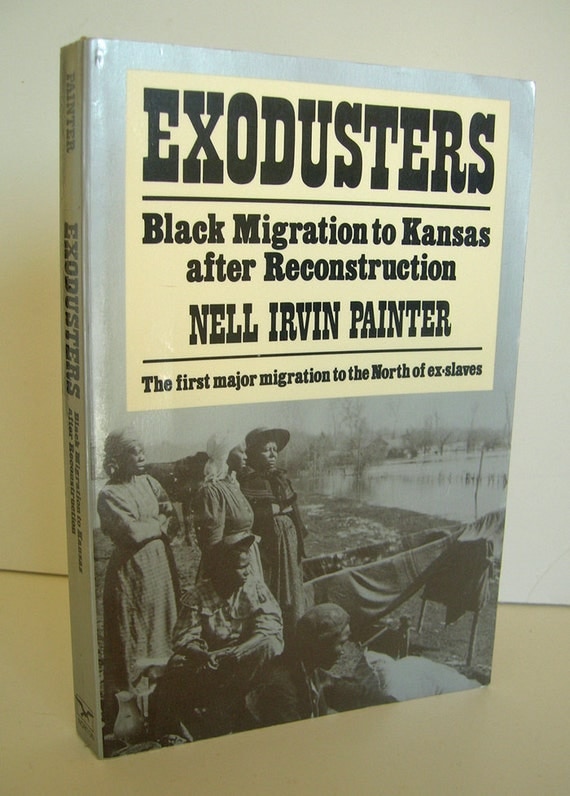Well before 1879, thousands of Southern Blacks migrated to Kansas seeking to better their economic and political conditions by leaving the land of the slave, the master, and the bulldozer. They went to Kansas because it was known for it’s ample homesteading lands and abundant crops, the “Garden Spot of the Earth.” (In fact, the state attracted a tremendous migration of whites especially from Ohio, Indiana, and Illinois in these years for those same reasons.) But for Afro-American migrants, Kansas represented something that Nebraska and the Dakotas did not. To make Kansas a Free State, blood flowed freely during the 1850s. It was the quintessential Free state, the land of John Brown, “a free state in which a colored man can enjoy his freedom.”38 He could prosper under his own vine and fig tree and watch his children grow up free and educated. “I am anxious to reach your state,” a Black Louisianian wrote to the governor of Kansas, “not because of the great race now made for it but because of the sacredness of her soil washed by the blood of humanitarians for the cause of freedom.”39 Now, Kansas made no special appeal to attract Black migrants, it offered them no special inducements. But old abolitionists, temperance Republicans ruled the state, and they held out precisely the same welcome to Black settlers as to white. The even-handed sense of fair play amounted to an open-armed welcome, in comparison to much of the country at the time.
- 38 S.L. Johnson to Governor St. John, Centreville, Leon County, Texas, August 21, 1879, CRSF, St. John, box 10, KSHS.
- 39 G.R.M. Newman to Governor St. John, n.d. [about September 13, 1879], CRSF, St. John, box 10, KSHS.
- P.159, Exodusters – Nell Irvin Painter, ISBN 0-393-00951-3

